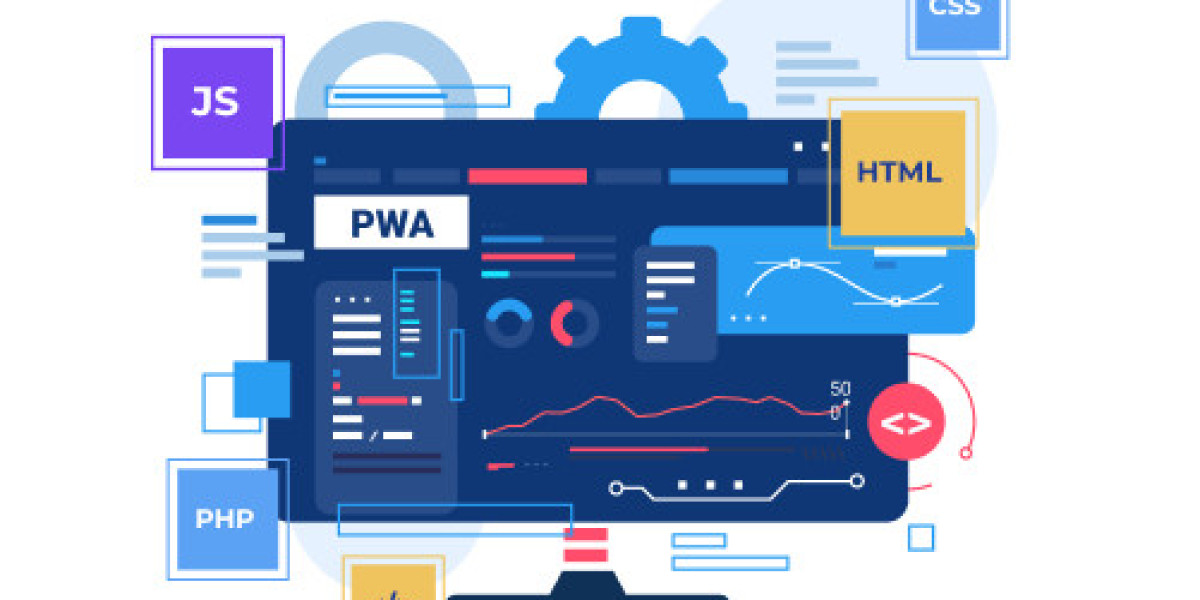In the ever-evolving landscape of web development, Progressive Web Apps (PWAs) have emerged as a transformative technology, bridging the gap between traditional web applications and native mobile apps. This article delves into the key aspects of PWA development, from understanding the concept to implementing best practices. If you want to gain more knowledge in PWA Development visit Stickball.
What Are Progressive Web Apps?
Progressive Web Apps are a type of web application that leverages modern web capabilities to deliver an app-like experience to users. They combine the best features of web and mobile applications, offering the reliability of a website and the engagement of a native app. PWAs are designed to work seamlessly on any device and browser while providing users with a fast, reliable, and engaging experience.
Key Characteristics of PWAs:
Reliability: PWAs load instantly and work reliably even in poor network conditions, thanks to service workers that cache essential resources.
Fast Performance: By optimizing code and assets, PWAs ensure swift loading times and smooth interactions, contributing to an enhanced user experience.
Offline Functionality: Service workers enable PWAs to work offline or in areas with weak connectivity, making them resilient to network interruptions.
Responsive Design: PWAs are built with a responsive design approach, adapting seamlessly to various screen sizes and resolutions.
App-Like Interactions: Users can enjoy app-like interactions such as push notifications, home screen installation, and immersive full-screen experiences.
The PWA Development Process:
1. Responsive Design and Cross-Browser Compatibility:
Before diving into PWA-specific features, it's crucial to ensure that the application has a responsive design, accommodating different devices and screen sizes. Cross-browser compatibility is also essential for a broad user reach.
2. Service Worker Implementation:
Service workers are the backbone of PWAs, enabling features such as offline functionality and background sync. They act as a proxy between the application and the network, intercepting requests and allowing developers to control how resources are cached.
3. App Shell Architecture:
The app shell is the minimal HTML, CSS, and JavaScript required to render the user interface. This architecture, combined with service workers, allows for quick loading and smooth navigation, even in low-network conditions.
4. Web App Manifest:
The web app manifest is a JSON file that provides information about the PWA, such as its name, icon, and splash screen. This file is crucial for the installation of the PWA on a user's home screen.
5. HTTPS Security:
PWAs require a secure connection (HTTPS) to ensure the integrity and security of data. This is a critical factor for search engine rankings and user trust.
Benefits of PWA Development:
Improved User Engagement:
- PWAs offer a seamless user experience, leading to higher engagement and user retention.
Cost-Effectiveness:
- Developing a single PWA that works across devices is more cost-effective than building separate native apps for different platforms.
Offline Functionality:
- Users can access PWAs even without a stable internet connection, enhancing accessibility and usability.
App-Like Experience:
- The app-like features of PWAs, such as push notifications and home screen installation, contribute to a more immersive user experience.
Easier Maintenance:
- Maintaining a PWA is simpler compared to managing multiple native apps, as updates are applied centrally.
Challenges and Considerations:
While PWAs offer numerous advantages, developers should be aware of potential challenges, such as limited access to certain native features and varying levels of support across browsers.
Conclusion:
Progressive Web App development represents a significant shift in how we approach web and mobile experiences. By combining the strengths of both worlds, PWAs provide a compelling solution for businesses and developers aiming to deliver fast, reliable, and engaging applications. As the digital landscape continues to evolve, embracing PWA development is a strategic move towards providing modern and user-friendly experiences.








